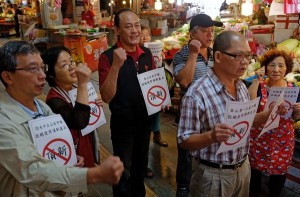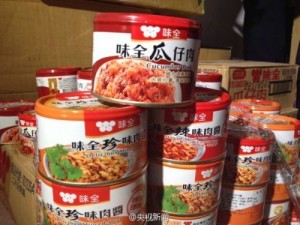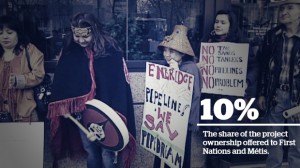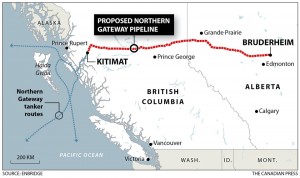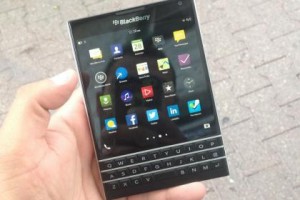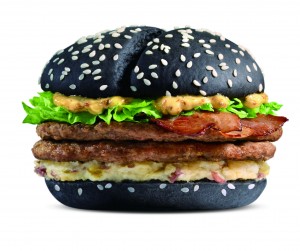To see the original article, click here
Food safety issues have become a significant concern for Taiwanese recently due to the latest, and perhaps the largest, cooking oil scandal which has led to the market withdrawal of 68 well-known brands in Taiwan. Wei Chuan Foods Corp., a subsidiary of Ting Hsin International Group, is accused of mixing imported animal feed-grade oil from Vietnam sell as cooking oil. At the same time, Chang Guann Company, another cooking oil manufacturer, has produced more than 645 tons of adulterated cooking oil and has distributed it to more than 1,200 restaurants. That oil was blended with “Gutter Oil”, an illegal ingredient made from kitchen waste.
A Taiwanese who used to trust the food-safety policy and the name of the brand, I was astonished by the giant food corporations’ lack of conscience and business ethic, which caused the toxication of over thousands of people and create detrimental, even lethal effects to the brand image perpetually. To punish such unethical deed that harms citizens’ health and affect the economy of Taiwan by destroying the product image, these suggestions can effectively exterminate all the subsidiary or partner corporations of Wei Chuan Foods Corp and prevent similar events from happening:
- The Taiwanese Government, along with the local supermarkets and consumers, should boycott all related product associated with Wei Chuan Foods Corp for the safety concern to diminish the corporation’s influence in food industry
- Instead of fining such a wealthy giant corporation which has established its business, factories, and markets in Taiwan but also in China and North America, the executives and the largest shareholders should be detained. This will serve as a lesson for other corporations.
- Fines up to $500,000,000 dollars (NT $ 1.5 billion) should be imposed for the purpose of restoring the global image of food products made in Taiwan.
Work Cited:
http://www.nytimes.com/2014/09/19/opinion/taiwans-gutter-oil-scandal.html?_r=0

